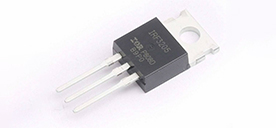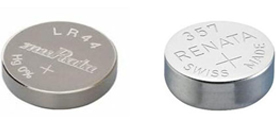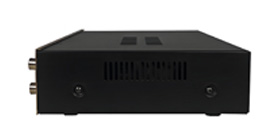Embedded systems and microcontrollers: relationships and differences
2024/3/9 9:51:47
Views:
Embedded systems and microcontroller technology are widely used in various electronic equipment, industrial control, automotive industry, smart home and other fields. This article aims to explore the relationship and differences between embedded systems and microcontrollers.
The relationship and difference between embedded systems and microcontrollers
1. Embedded systems
Features:
- Specific function: Designed to perform a specific task or function.
- Stability: Usually runs a real-time operating system to ensure system stability.
- Compactness: usually integrates processor, memory, input and output devices, etc.
- Low power consumption: Optimize power consumption for long-term operation.
Application:
- Consumer electronics: smartphones, digital cameras, etc.
- Automotive electronics: engine control, in-car entertainment systems, etc.
- Industrial control: automated production lines, PLC, etc.
2. Microcontroller
Features:
- High integration: integrates CPU, memory and peripherals on one chip.
- Low cost: relatively cheap compared to traditional computer systems.
- Real-time: can be used for applications that require immediate response.
- Easy programming: Use assembly language or high-level language for program development.
3. The relationship between embedded systems and microcontrollers
Embedded systems contain microcontrollers: Many embedded systems use microcontrollers as the core processor.
The microcontroller is part of the embedded system: As the core of the embedded system, the microcontroller is responsible for controlling and managing peripheral devices.
4. The difference between embedded systems and microcontrollers
Hardware complexity:
- Embedded system: usually consists of multiple hardware components, such as processors, memories, IO devices, etc.
- Microcontroller: integrates all these components in a single chip.
Software complexity:
- Embedded systems: typically have larger software systems that run an operating system and support multiple applications.
- Microcontroller: mainly focuses on a single application, and the software is relatively simple.
Flexibility:
- Embedded systems: more flexible, hardware and software functions can be expanded according to needs.
- Microcontroller: The functions are relatively fixed, and changing the functions requires redesigning the hardware.
5. Embedded system and microcontroller application selection
Choose embedded systems: Scenarios that require diverse functionality, Internet connectivity, and complex algorithms.
Select a microcontroller: for mission-specific, resource-limited, cost-sensitive projects.
Conclusion
Embedded systems and microcontrollers are widely used in various fields. Each of them has unique characteristics and advantages and plays an important role in different scenarios. A thorough understanding of their relationships and differences will help to better select and design appropriate systems.
The relationship and difference between embedded systems and microcontrollers
1. Embedded systems
Features:
- Specific function: Designed to perform a specific task or function.
- Stability: Usually runs a real-time operating system to ensure system stability.
- Compactness: usually integrates processor, memory, input and output devices, etc.
- Low power consumption: Optimize power consumption for long-term operation.
Application:
- Consumer electronics: smartphones, digital cameras, etc.
- Automotive electronics: engine control, in-car entertainment systems, etc.
- Industrial control: automated production lines, PLC, etc.
2. Microcontroller
Features:
- High integration: integrates CPU, memory and peripherals on one chip.
- Low cost: relatively cheap compared to traditional computer systems.
- Real-time: can be used for applications that require immediate response.
- Easy programming: Use assembly language or high-level language for program development.
3. The relationship between embedded systems and microcontrollers
Embedded systems contain microcontrollers: Many embedded systems use microcontrollers as the core processor.
The microcontroller is part of the embedded system: As the core of the embedded system, the microcontroller is responsible for controlling and managing peripheral devices.
4. The difference between embedded systems and microcontrollers
Hardware complexity:
- Embedded system: usually consists of multiple hardware components, such as processors, memories, IO devices, etc.
- Microcontroller: integrates all these components in a single chip.
Software complexity:
- Embedded systems: typically have larger software systems that run an operating system and support multiple applications.
- Microcontroller: mainly focuses on a single application, and the software is relatively simple.
Flexibility:
- Embedded systems: more flexible, hardware and software functions can be expanded according to needs.
- Microcontroller: The functions are relatively fixed, and changing the functions requires redesigning the hardware.
5. Embedded system and microcontroller application selection
Choose embedded systems: Scenarios that require diverse functionality, Internet connectivity, and complex algorithms.
Select a microcontroller: for mission-specific, resource-limited, cost-sensitive projects.
Conclusion
Embedded systems and microcontrollers are widely used in various fields. Each of them has unique characteristics and advantages and plays an important role in different scenarios. A thorough understanding of their relationships and differences will help to better select and design appropriate systems.
Related Information
-
-
Phone
+86 135 3401 3447 -
Whatsapp





